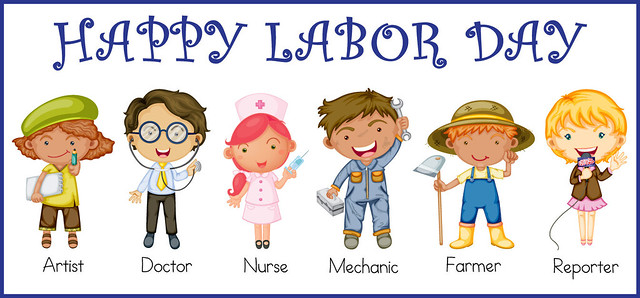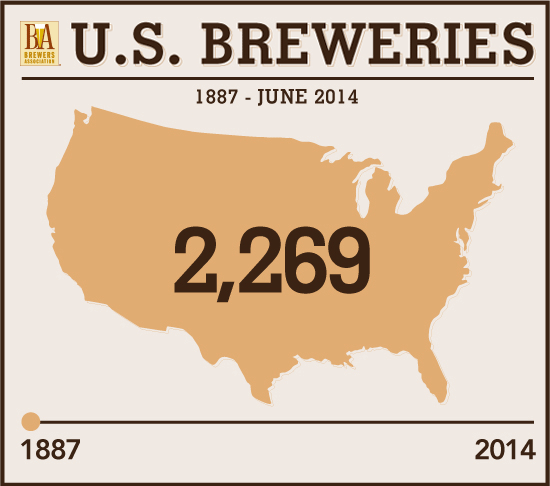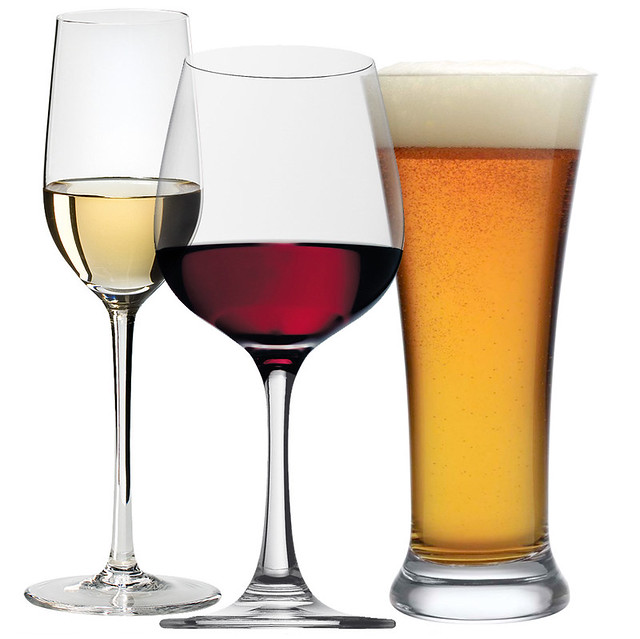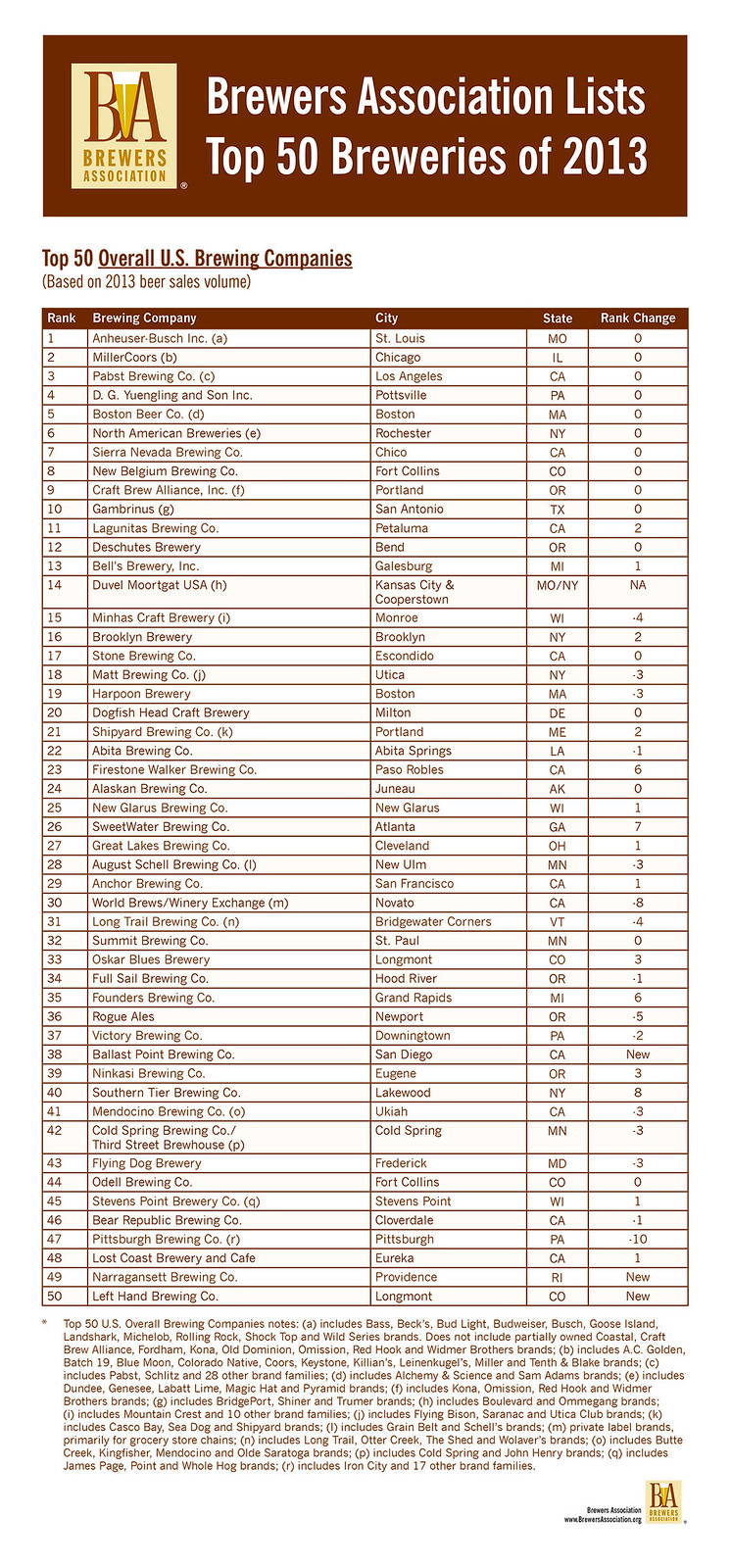
Happy Labor Day everybody. I thought this was a good day to highlight a press release from the Beer Institute about “how one job inside a brewery supports another 45 jobs outside. From farmers to factory workers, and truck drivers to tavern owners, beer puts people to work.” It’s not just that breweries employ a lot of people — they do — but many more job are created beyond the brewery that might not exist were it not for the beer. As their research shows, for every job inside a brewery, there are 45 related jobs outside the brewery.

From the press release:
“Today we toast to the industry’s 2 million men and women who make it possible for Americans to enjoy their favorite beer,” said Jim McGreevy, Beer Institute President and CEO. “America’s preference for beer is a huge boon to the national economy and the American worker.”
According to an economic study jointly commissioned by the Beer Institute and the National Beer Wholesalers Association in 2012, U.S. brewers and beer importers are the foundation for an industry that employs more than 2 million Americans, directly and indirectly. Beer also contributed $246.6 billion to America’s economy and generated $49 billion in local, state and federal taxes.
A Beer Institute analysis showed that each job in a brewery supports other jobs in the agriculture, business and personal services, construction, finance insurance and real estate, manufacturing, retail, transportation and communication, travel and entertainment and wholesale sectors.
They also broke down the number of jobs flowing from beer for each state. Not surprisingly, California was number one, with 241,640 contributing over $34 billion into the economy. After California, Texas, Florida, New York and Illinois have the most beer-related jobs, but even in the smallest states, thousands of people are gainfully employed thanks to beer. The total number of jobs nationwide is just over 2 million with a total economic impact of almost $247 billion. To see it broken down even farther, including by state and Congressional district, check out Beer Serves America.

Happy Labor Day, the only this missing from this picture? Where are the brewers?


















